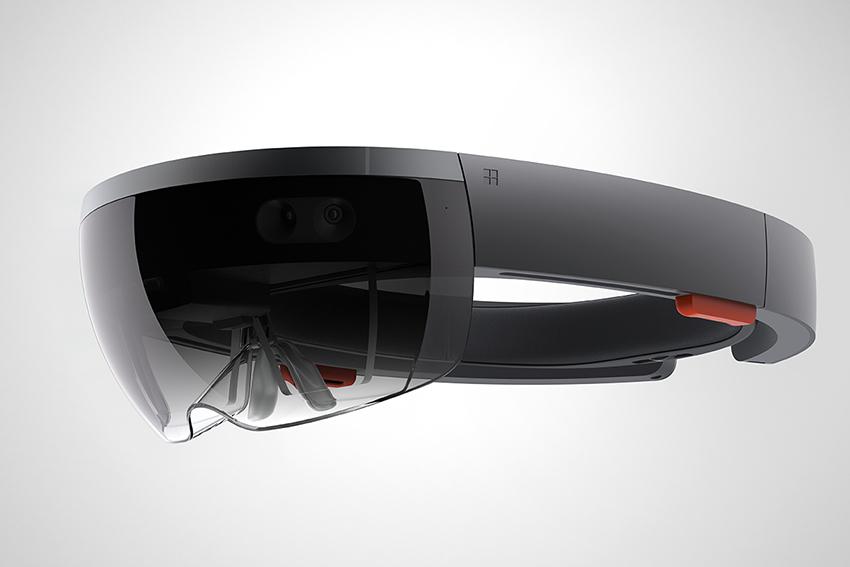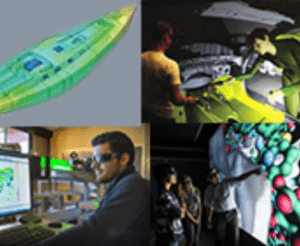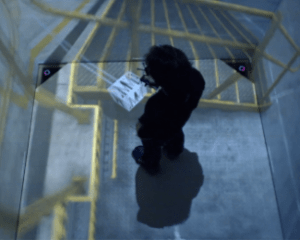Three terms are recently emerging out of a range of terms: virtual reality, mixed reality, and augmented reality (often referred to as VR, MR, and AR). A broad range of professionals and companies are using them, which is a great news for technological advancement. It is however a recurring occurrence to see them misunderstood or even misused, which is a good opportunity to clarify their origin and scope through a short and understandable article.
To start with, the modern use of these terms is based on the reality-virtuality continuum introduced by Paul Milgram, Haruo Takemura, Akira Utsumi, and Fumio Kishino. It is important to keep this in mind in order to grasp the actual meaning of those terms.
Virtual Reality refers to any technology immerging its user in an artificially computed environment. The environment may be a reproduction of something real or imaginary.
Virtual Reality (VR)
There is to this day a dispute with regard to the scope of what should be considered Virtual Reality, particularly with regard to 360° movies and pictures that are considered by some as a distinguishable technology, known as immersive media, and by others as a sub category of virtual reality. The dispute lies mainly on what is understood as being a computed environment and regarding the level of interaction as 360° content allows interaction with the system but not the environment itself.
Virtual reality may be used through Head Mounted Displays (HMDs) as well as so called CAVE (for Cave Automatic Virtual Environment), which are basically rooms in which 3D is projected or retroprojected to appear on its walls and equipped with tracking devices. The designing and installation of CAVEs is one of Immersion‘s fields of expertise amongst our expertise in immersive technologies.
Mixed Reality (MR) and Augmented Reality (AR)
Mixed Reality is a combination of real world objects and virtual objects. It is a term that encompasses a wide range of technologies from Augmented Reality (AR) to Augmented Virtuality (AV).
Augmented Reality basically consists in adding a digital content in a real environment while Augmented Virtuality consists in adding physical content in a virtual environment.
As it encompasses a broad range of technologies, it may be displayed through headsets, smartphones, glasses, CAVEs (through AV), and more.

For example, the recent Microsoft Hololens or Magic Leap One come under Mixed Reality and is at the same time considered to be Augmented Reality based on these definitions.

To conclude, this means that VR, MR and AR, rather than being separated and eventually opposed to each other, are actually part of the same underlying concept: the reality-virtuality continuum. It is therefore probably wiser to understand them as a categorization on that spectrum, rather than separate terms.




